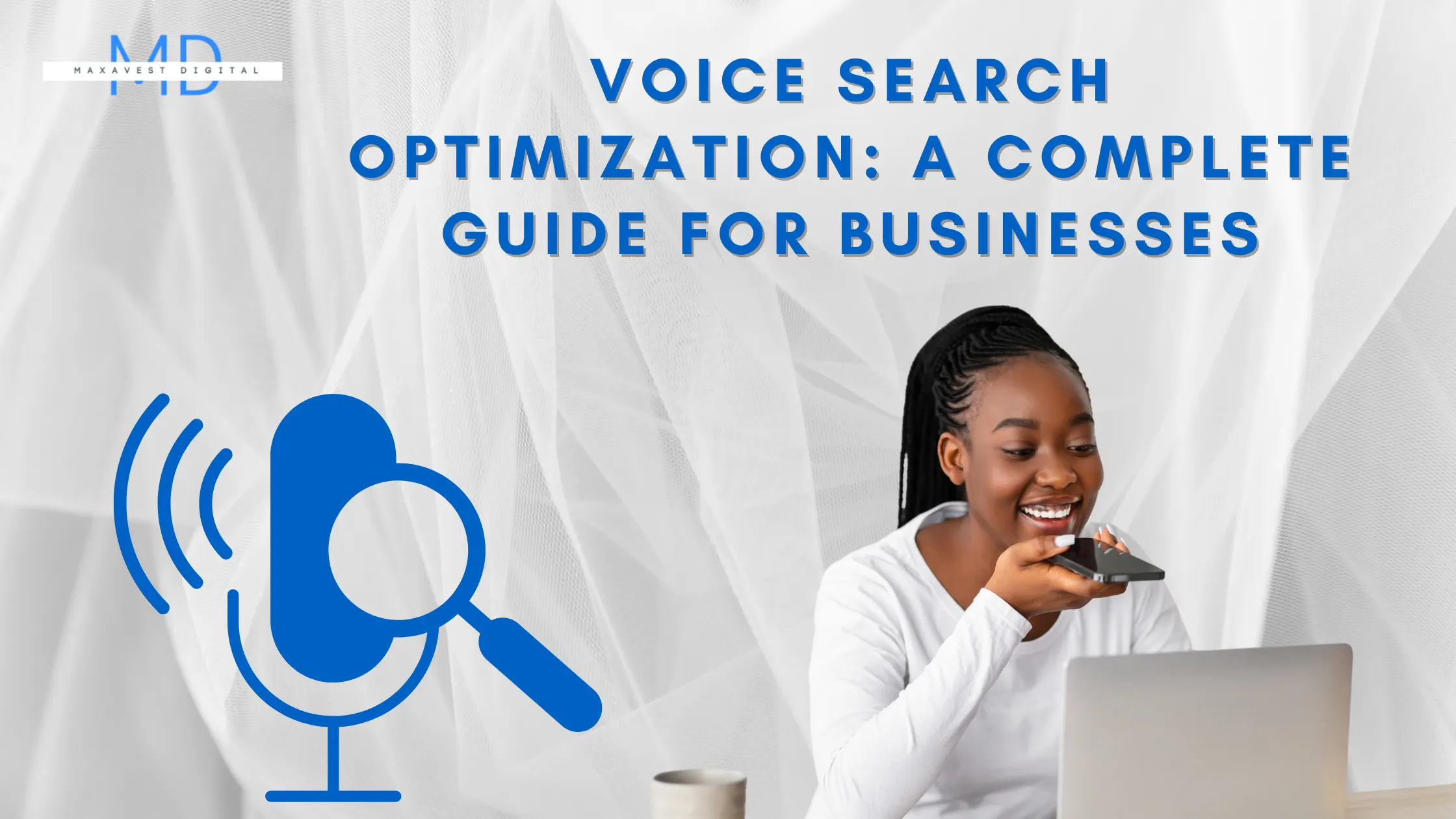Measuring ROI in Influencer Marketing: What Metrics Matter?

Gbenga Akinyemi
In today's digital landscape, influencer marketing has become one of the most powerful tools brands can leverage to engage with their audience. But with such investment comes the need to measure its effectiveness. Understanding and measuring return on investment (ROI) is essential in determining the success of an influencer campaign. Without clear metrics, it’s impossible to gauge whether a brand is receiving value for its marketing dollars. So, what metrics truly matter when it comes to influencer marketing, and how can brands ensure they’re capturing the right data?
Understanding ROI in Influencer Marketing
What is ROI? A Fundamental Definition
At its core, ROI—return on investment—measures the profitability of an investment relative to its cost. It’s a basic formula that calculates the financial return generated by a specific expenditure. In influencer marketing, the equation becomes a bit more nuanced as the "return" could be in the form of sales, increased brand awareness, improved engagement, or even long-term customer loyalty. Understanding this is crucial because not all influencer campaigns are designed purely for immediate financial return.
Why Measuring ROI is Essential for Brands
Brands pour resources into influencer partnerships, and without measuring ROI, they risk blindly spending money without understanding the impact. ROI helps brands justify their investments, refine future strategies, and ensure they’re spending their marketing budget in the right places. It also offers insights into whether the chosen influencers are truly resonating with the target audience or if adjustments are needed.
Setting Clear Objectives: The First Step to Measuring ROI
Aligning Marketing Goals with Influencer Campaigns
The foundation of ROI measurement starts with setting clear, actionable objectives. Are you aiming to boost brand awareness, increase product sales, or enhance social media engagement? Each goal requires a tailored approach, as different metrics will apply. When brands align their marketing goals with the influencer campaign’s objectives, they’re better equipped to measure success accurately.
Defining Success: What Does ROI Mean for Your Brand?
Success looks different for every brand. For some, success might mean a surge in website traffic, while others may prioritize an uptick in social media followers or a significant boost in sales. Before diving into any influencer campaign, brands need to ask themselves: What does success look like for us? Once that’s defined, it becomes easier to measure the right metrics that align with these goals.
How to Find the Right Influencers for Your Brand
Key Metrics for Measuring ROI in Influencer Marketing
Engagement Rate: The Pulse of Your Campaign's Success
Engagement rate is one of the most telling metrics when measuring the effectiveness of an influencer marketing campaign. It reflects how actively involved an influencer’s audience is with the content. A high engagement rate typically means that the audience is resonating with the influencer's content, leading to more likes, comments, and shares.
Understanding Likes, Comments, and Shares
These seemingly simple metrics tell a bigger story. Likes can indicate instant approval, while comments showcase a deeper level of interaction, often sparking conversation or debate. Shares, on the other hand, suggest that the content is compelling enough for someone to want to broadcast it to their own network. Together, these metrics form the backbone of engagement analysis.
Reach vs. Impressions: What's the Difference?
Reach and impressions often get confused but serve distinct purposes. Reach refers to the number of unique users who see the content, while impressions account for the total number of times the content is displayed, even if it's viewed by the same person multiple times. Understanding the difference is vital as reach offers a sense of audience size, while impressions provide insight into frequency.
Conversion Rate: Turning Followers into Customers
Ultimately, many brands are looking for conversion—whether that’s a purchase, newsletter sign-up, or any other desired action. The conversion rate measures how many users took action after engaging with an influencer’s content. It’s the pivotal moment when followers move from passive viewers to active customers.
Tracking Sales: The Ultimate Measure of Success
For brands focused on revenue generation, tracking sales is the most straightforward way to measure ROI. Using affiliate links, promo codes, or influencer-specific landing pages, brands can trace direct sales back to influencer campaigns, giving them clear insight into financial return.
Cost Per Acquisition (CPA): Evaluating Campaign Efficiency
CPA is a crucial metric that reveals how much it costs to acquire one customer through influencer marketing. A low CPA means the campaign is efficient, delivering customers at a low cost. A high CPA, on the other hand, suggests that the campaign may need reevaluation to ensure the influencer partnership is truly effective.
Brand Awareness Metrics: Beyond Immediate Sales
Analyzing Website Traffic: Using Google Analytics
When influencers drive users to a brand’s website, tracking that traffic through tools like Google Analytics can help measure success. Metrics like page views, bounce rates, and time spent on site offer a wealth of information about user behavior and how well the influencer's content is directing the audience to a brand's digital presence.
Social Media Growth: Follower Count as a Success Indicator
A growing follower count on a brand’s social media platforms can be a powerful indicator of an influencer’s impact. While follower count alone shouldn’t be the sole measure of success, it’s a key sign that new audiences are discovering the brand through the influencer's advocacy.
Influencer-Specific Metrics: Tailoring Measurement to Each Partnership
Every influencer brings something unique to the table, and that means ROI measurement can’t be one-size-fits-all. Assessing the quality of content an influencer produces and the creativity they bring to a campaign is critical. Are they simply promoting, or are they elevating the brand’s image with their own personal touch?
Audience Sentiment: Gauging Public Perception and Feedback
Positive or negative, audience sentiment offers an invaluable look into how a brand is being perceived through the influencer’s lens. Monitoring feedback, comments, and the tone of conversations can reveal whether an influencer partnership is elevating brand perception or causing potential damage.
The Rise of Micro-Influencers: Why Small is the New Big
Tools for Measuring ROI in Influencer Marketing
Leveraging Analytics Platforms: Top Tools to Consider
Tools like Sprout Social, Hootsuite, and Socialbakers help brands track key metrics such as engagement, reach, and sentiment across multiple platforms. These tools provide robust dashboards and analytics that make it easier to interpret data and fine-tune influencer campaigns.
Utilizing Tracking Links and UTM Codes for Accurate Measurement
Tracking links and UTM codes are crucial for pinpointing where traffic and conversions originate. These tools offer precision in measuring the success of each post, story, or mention an influencer creates.
Implementing Surveys and Feedback Forms: Gathering Direct Insights
Sometimes, the best way to measure ROI is to go straight to the source: the audience. Surveys and feedback forms allow brands to gather direct insights about how the audience discovered the brand, what they think of the influencer partnership, and what actions they’ve taken.
Case Studies: Success Stories in Measuring Influencer ROI
Brands That Got It Right: Lessons Learned from Effective Campaigns
Several brands have excelled in their influencer marketing efforts by aligning their objectives, understanding their audience, and using the right metrics. By analyzing these success stories, brands can gain insights into best practices and strategies that work.
Common Pitfalls in Measuring ROI: What to Avoid
Overemphasis on Follower Count: Why Quality Matters More
It’s easy to fall into the trap of assuming that more followers equal more success. However, a large following doesn’t always translate to better results. Engagement and the quality of the audience matter far more than raw numbers.
Ignoring Long-Term Impact: The Value of Lasting Relationships
Influencer marketing should not be viewed as a one-off campaign. Brands that nurture long-term relationships with influencers often see sustained benefits over time, including increased trust and customer loyalty.
Adapting Your Strategy Based on Data: Continuous Improvement
Iterating on Campaigns: Learning from Metrics to Enhance Future Efforts
ROI measurement is not a static process. As new data becomes available, brands should continuously refine their influencer strategies, tweaking everything from content types to partnership choices in response to what the numbers show.
Conclusion: The Path to Effective ROI Measurement in Influencer Marketing
Emphasizing Data-Driven Decision Making: Why It Matters
Making data-driven decisions is the only way to ensure sustained success in influencer marketing. By focusing on the right metrics and continuously analyzing results, brands can ensure they’re maximizing their ROI.
Final Thoughts: Making ROI Measurement a Core Component of Your Strategy
Measuring ROI isn’t just about proving the value of influencer marketing—it’s about using that data to make smarter, more effective marketing decisions. When done right, ROI measurement becomes an integral part of a brand’s broader strategy, driving growth and success in the ever-evolving world of digital marketing.


























